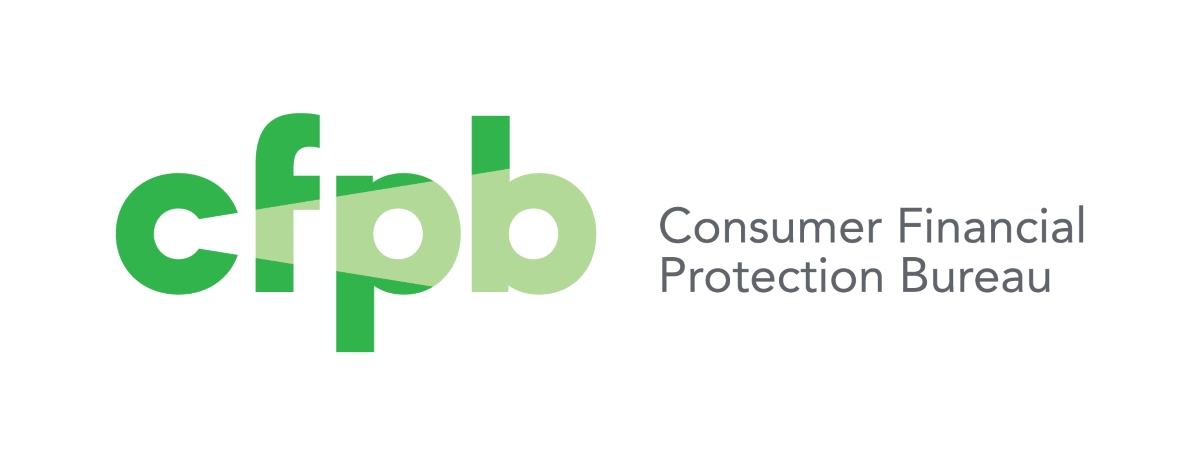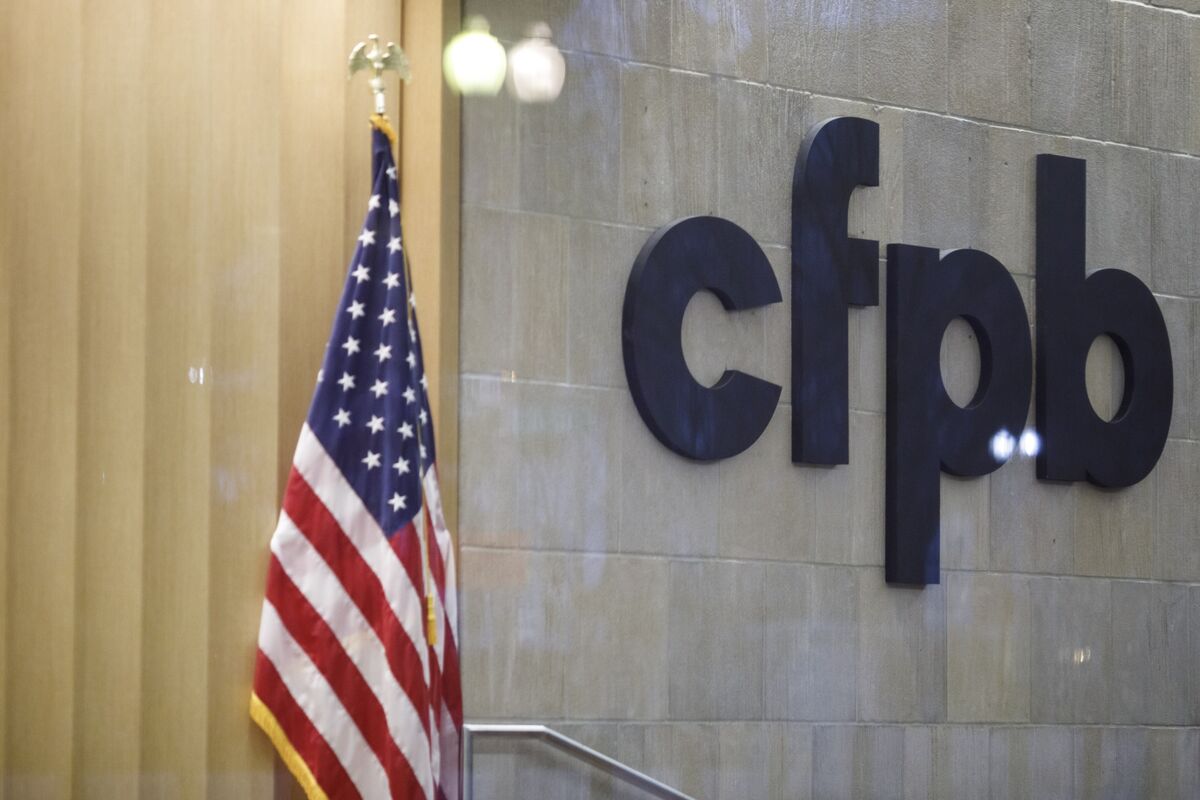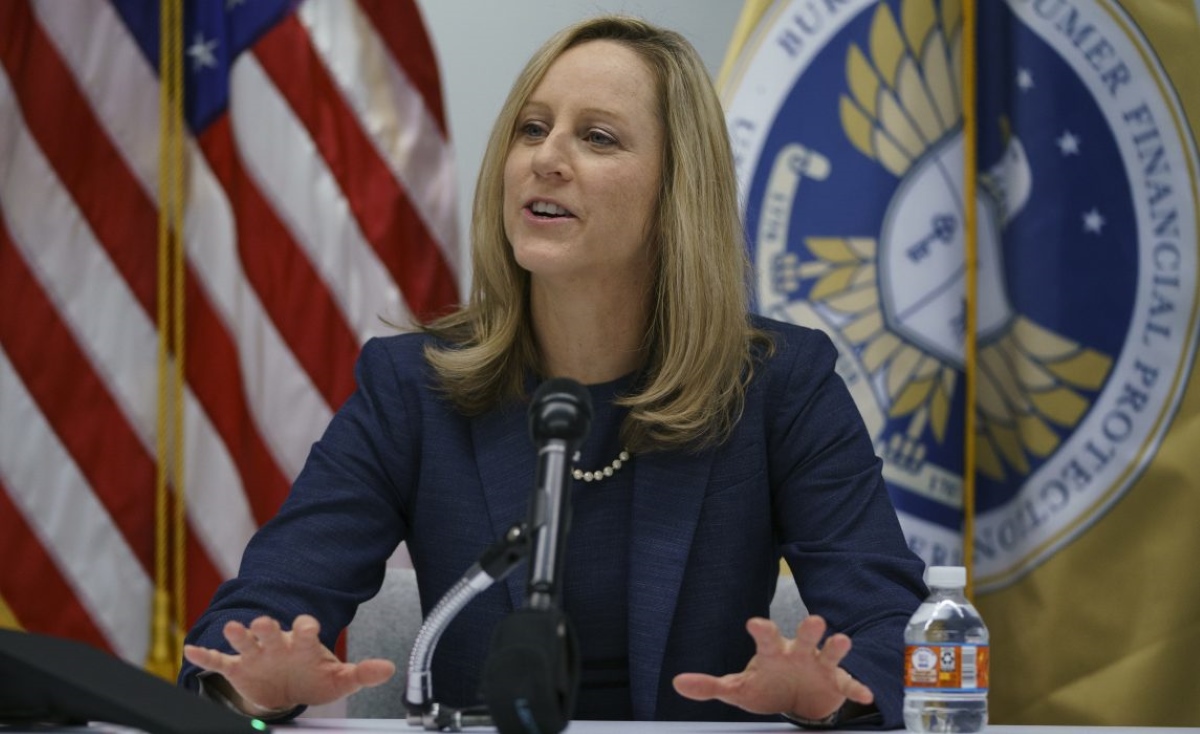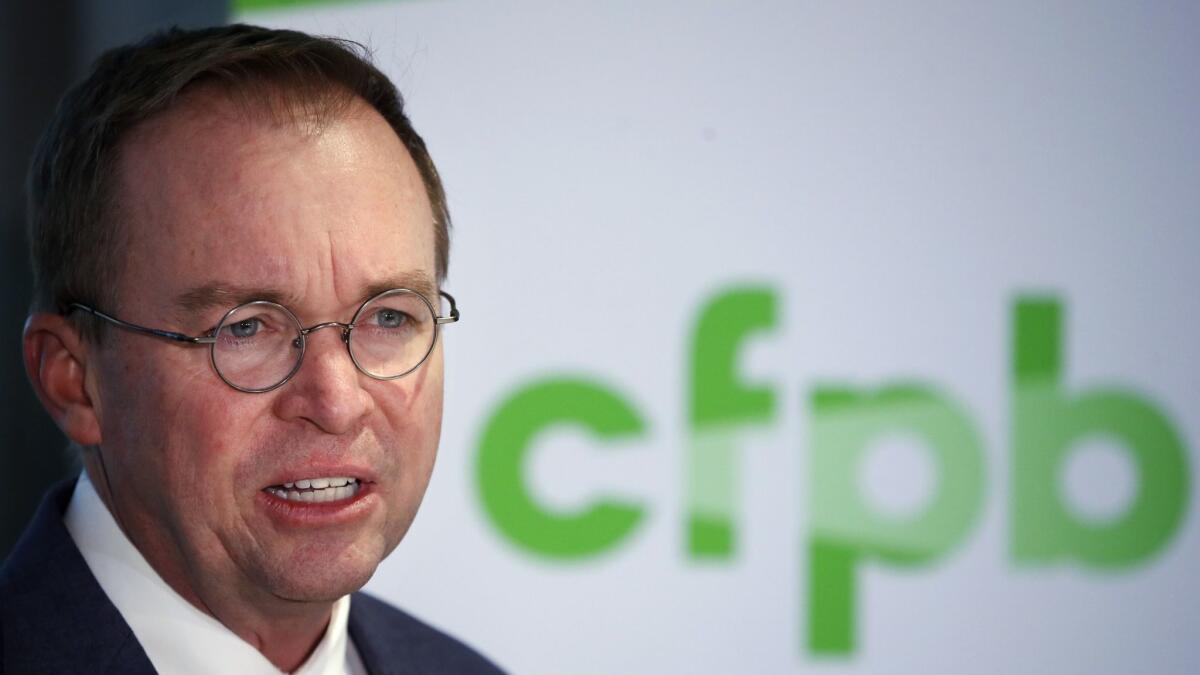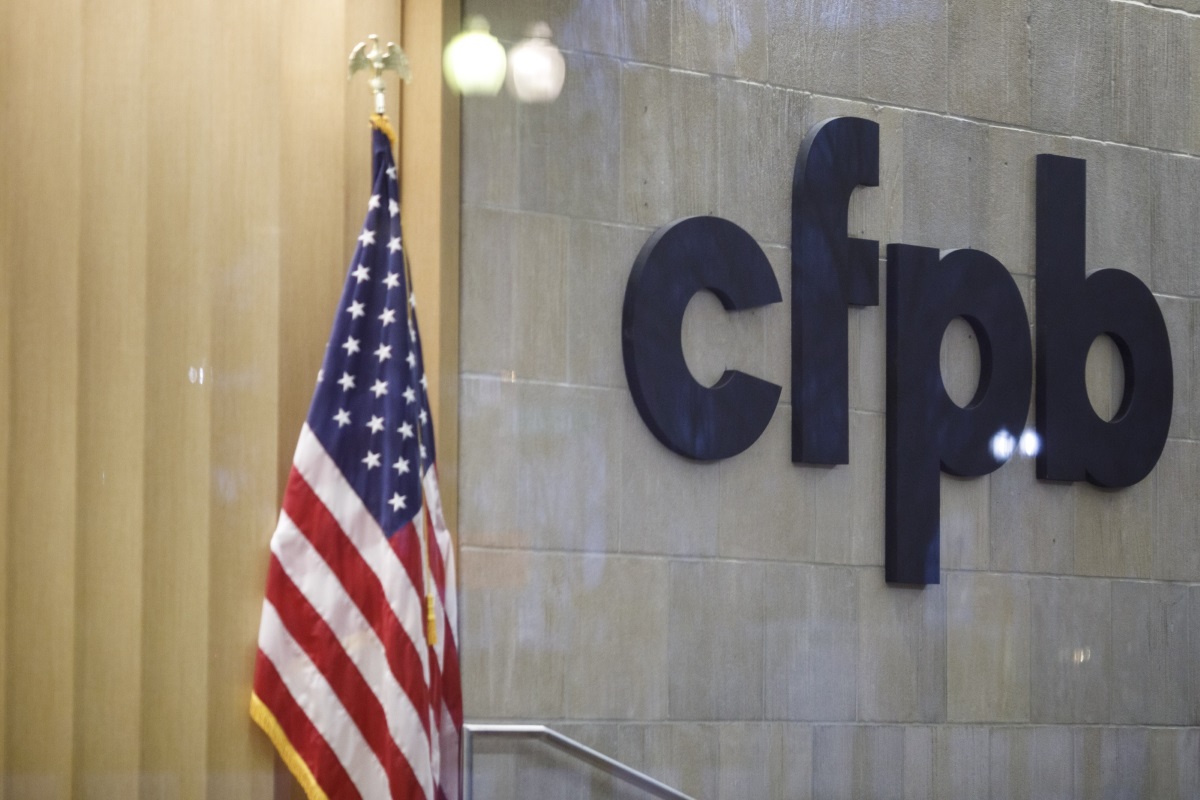Home>Finance>Who Is The Head Of The Consumer Financial Protection Bureau
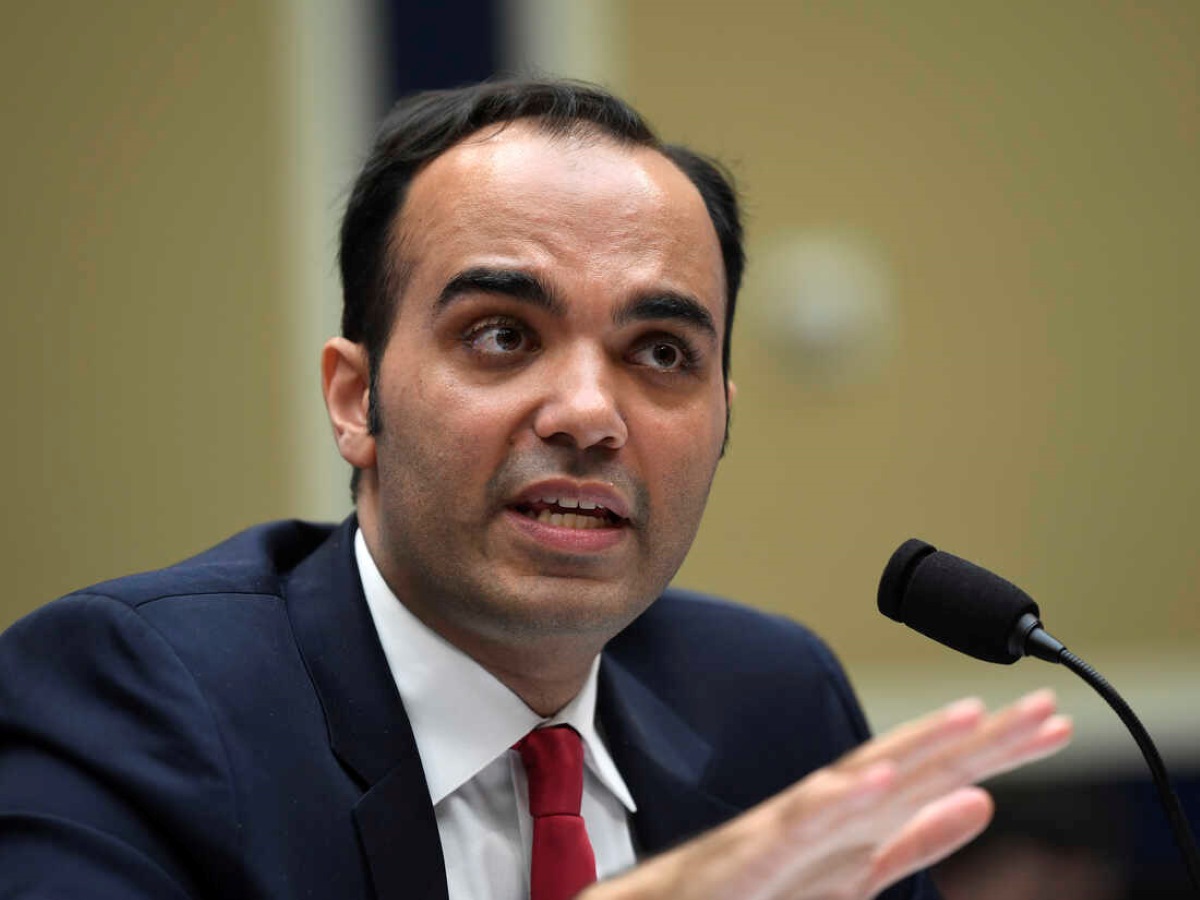

Finance
Who Is The Head Of The Consumer Financial Protection Bureau
Modified: March 1, 2024
Looking for the head of the Consumer Financial Protection Bureau? Find out who is in charge of overseeing finance and protecting consumers in this role.
(Many of the links in this article redirect to a specific reviewed product. Your purchase of these products through affiliate links helps to generate commission for LiveWell, at no extra cost. Learn more)
Table of Contents
- Introduction
- Overview of the Consumer Financial Protection Bureau
- The Role and Responsibilities of the Consumer Financial Protection Bureau
- History of the Consumer Financial Protection Bureau
- Recent Developments and Challenges
- The Appointment Process for the Head of the Consumer Financial Protection Bureau
- Current Head of the Consumer Financial Protection Bureau
- Powers and Authority of the Head of the Consumer Financial Protection Bureau
- Criticisms and Controversies Surrounding the Consumer Financial Protection Bureau
- Conclusion
Introduction
The Consumer Financial Protection Bureau (CFPB) is an agency established by the United States government to protect and educate consumers in the financial marketplace. Its primary goal is to ensure that consumers have access to fair and transparent financial products and services, and to hold financial institutions accountable for their actions.
Since its creation in 2011, the CFPB has been entrusted with enforcing federal consumer financial laws and providing consumers with valuable resources and information to make informed financial decisions. It oversees a wide range of industries, including banking, mortgage lending, credit reporting, debt collection, and payday lending.
The CFPB has been instrumental in resolving consumer complaints, conducting investigations, and imposing penalties on financial companies that engage in unfair or deceptive practices. It has also implemented regulations to protect consumers from predatory lending practices and to promote financial literacy.
In this article, we will explore the role and responsibilities of the CFPB, examine its history and recent developments, discuss the appointment process for the head of the bureau, and evaluate the powers and authority held by the head of the CFPB. We will also delve into the criticisms and controversies surrounding the CFPB.
Overall, the CFPB plays a vital role in safeguarding consumers’ interests and ensuring a fair and transparent financial marketplace. Its efforts are crucial in promoting financial well-being and protecting individuals and families from abusive and fraudulent practices in the financial industry.
Overview of the Consumer Financial Protection Bureau
The Consumer Financial Protection Bureau (CFPB) is an independent agency of the United States government that was established under the Dodd-Frank Wall Street Reform and Consumer Protection Act in 2010. It was created in response to the financial crisis of 2008, with the aim of protecting consumers from predatory and unfair practices in the financial industry.
The CFPB’s primary mission is to ensure that consumers have access to fair and transparent financial products and services. It achieves this by enforcing federal consumer financial laws and regulations, conducting investigations into potential violations, and providing consumers with information and resources to make informed financial decisions.
The bureau’s jurisdiction spans a wide range of financial institutions, including banks, credit unions, mortgage lenders, payday lenders, student loan servicers, debt collectors, and credit reporting agencies. It also covers various financial products and services, such as mortgages, credit cards, auto loans, and payday loans.
The CFPB has several key functions and responsibilities:
- Enforcement: The bureau has the authority to take legal action against financial institutions that engage in unfair, deceptive, or abusive practices. It can impose penalties, seek restitution for harmed consumers, and implement regulations to prevent future violations.
- Consumer Complaints: The CFPB operates a consumer complaint database where individuals can submit complaints about financial products and services. It investigates complaints, works to resolve them, and tracks trends to identify potential issues in the market.
- Rulemaking: The bureau has the power to issue regulations to protect consumers and promote fair practices in the financial industry. These regulations cover various aspects of consumer finance, such as mortgage lending, credit reporting, debt collection, and payday lending.
- Financial Education: The CFPB provides consumers with educational resources and tools to help them understand their rights and make informed financial decisions. It offers guides, videos, and interactive tools on topics like budgeting, credit scores, and mortgage shopping.
- Research and Policy: The bureau conducts research on consumer financial markets and develops policies based on its findings. It analyzes data, studies market trends, and publishes reports on topics like financial well-being, consumer credit, and access to financial services.
Overall, the CFPB plays a critical role in protecting consumers and promoting fairness in the financial marketplace. By enforcing regulations, investigating complaints, and providing educational resources, the bureau aims to empower individuals and ensure they are treated fairly by financial institutions.
The Role and Responsibilities of the Consumer Financial Protection Bureau
The Consumer Financial Protection Bureau (CFPB) is tasked with the important responsibility of protecting consumers in the financial marketplace. The bureau plays a crucial role in ensuring that providers of financial products and services treat consumers fairly and transparently. Let’s delve into the key roles and responsibilities of the CFPB:
- Enforcing Federal Consumer Financial Laws: One of the primary responsibilities of the CFPB is to enforce federal consumer financial laws. The bureau has the authority to take legal action against financial institutions that engage in unfair, deceptive, or abusive practices. This includes conducting investigations, filing lawsuits, and imposing penalties to hold wrongdoers accountable.
- Providing Consumer Education and Resources: The CFPB aims to empower consumers by providing them with resources and educational materials to make informed financial decisions. The bureau maintains a comprehensive website that offers guides, videos, and interactive tools on various financial topics, such as credit scores, mortgages, and debt management. It also conducts outreach programs to educate consumers about their rights and help them navigate the complex financial landscape.
- Handling Consumer Complaints: The bureau operates a consumer complaint database where individuals can submit complaints about financial products and services. The CFPB investigates these complaints to identify potential violations and works towards resolving them. This process not only helps individual consumers but also uncovers patterns of misconduct and informs the bureau’s enforcement actions.
- Regulating the Financial Industry: The CFPB has the authority to issue regulations that govern various aspects of consumer finance. These regulations are designed to protect consumers from unfair practices, promote transparency, and ensure that financial products and services are offered in a fair and responsible manner. The bureau conducts research, seeks public input, and consults with stakeholders before implementing these regulations.
- Promoting Financial Literacy and Access to Financial Services: The CFPB recognizes the importance of financial education and strives to enhance the financial literacy of consumers. It works to improve access to financial services for underserved and marginalized communities and promotes initiatives that expand affordable and responsible credit options.
By fulfilling these roles and responsibilities, the CFPB acts as a watchdog, ensuring that the financial marketplace operates in a fair and transparent manner. It safeguards consumers’ rights, provides them with valuable information, and takes enforcement actions against those who engage in predatory or deceptive practices. Overall, the CFPB plays a critical role in protecting consumers and promoting a level playing field in the financial industry.
History of the Consumer Financial Protection Bureau
The Consumer Financial Protection Bureau (CFPB) was established in response to the financial crisis of 2008, which revealed numerous predatory lending practices and a lack of oversight in the financial industry. The bureau was created under the Dodd-Frank Wall Street Reform and Consumer Protection Act, signed into law by President Barack Obama in 2010.
Before the creation of the CFPB, oversight of consumer financial protection was fragmented among several agencies, leading to regulatory gaps and inefficiencies. The bureau was designed to consolidate and streamline these responsibilities, providing a centralized entity focused solely on protecting consumers in the financial marketplace.
Elizabeth Warren, a renowned consumer advocate and law professor, played a pivotal role in conceptualizing and establishing the CFPB. She was appointed by President Obama to lead the bureau’s development, laying the groundwork for its mission and structure.
The CFPB officially began its operations in July 2011, with Elizabeth Warren serving as the bureau’s first Special Advisor to the Secretary of the Treasury for the CFPB. In January 2012, Richard Cordray was appointed by President Obama as the bureau’s first official director after a contentious confirmation process.
Since its inception, the CFPB has been dedicated to protecting consumers from abusive and deceptive practices in the financial industry. It has taken numerous actions against financial institutions, resulting in significant fines and settlements. The bureau has also implemented regulations to prevent predatory lending, improve mortgage and credit card disclosures, and impose stricter rules on debt collectors.
However, the CFPB has faced opposition and legal challenges from industry groups and policymakers who argue that the bureau has too much power and lacks sufficient oversight. Critics claim that the CFPB’s regulatory actions limit financial innovation and impose unnecessary burdens on businesses.
In response to these criticisms, the structure and accountability of the CFPB have undergone changes. In 2018, a federal appeals court ruled that the bureau’s leadership structure was unconstitutional, finding that the director had too much authority without adequate oversight. As a result, the court ruled that the president should have the power to remove the director at will, rather than for just cause, as originally stipulated.
Despite these challenges, the CFPB continues to fulfill its mission of protecting consumers in the financial marketplace. It remains an influential force in enforcing consumer financial laws, providing educational resources, and advocating for fair and transparent practices within the industry.
As the financial landscape evolves, the role and impact of the CFPB are likely to continue to evolve as well. Its history reflects a commitment to consumer protection, and its future will be shaped by ongoing efforts to balance regulatory oversight with innovative and responsible financial practices.
Recent Developments and Challenges
In recent years, the Consumer Financial Protection Bureau (CFPB) has undergone various developments and faced significant challenges. These changes have had a notable impact on the bureau’s operations and its ability to fulfill its mission of protecting consumers in the financial marketplace.
One notable development was the change in leadership at the CFPB. In 2017, Richard Cordray stepped down as the bureau’s director, creating a vacancy that sparked a debate over the appointment process. President Donald Trump appointed Mick Mulvaney, who was serving as the director of the Office of Management and Budget, as the acting director of the CFPB. This change in leadership brought a shift in priorities and a reevaluation of the bureau’s role.
Under Acting Director Mulvaney’s leadership, the CFPB adopted a more industry-friendly approach, emphasizing regulatory reform and reducing the bureau’s enforcement actions. This shift in focus led to a decrease in the number of financial industry investigations and penalties imposed by the bureau.
However, in 2018, Kathleen Kraninger was confirmed by the Senate as the CFPB’s new director, succeeding Mick Mulvaney. Since assuming office, Director Kraninger has aimed to strike a balance between protecting consumers’ interests and promoting an environment of responsible innovation in the financial industry.
Another significant development was the ongoing debate about the constitutionality of the CFPB’s leadership structure. As mentioned earlier, in 2018, a federal appeals court found that the bureau’s structure, which granted the director significant independence from the executive branch, was unconstitutional. This ruling led to a change in the director’s removal powers, giving the president more control over the CFPB’s leadership.
The CFPB has also faced challenges from industry groups and policymakers who believe that the bureau’s regulatory actions are excessive and burdensome. Some argue that the CFPB’s regulations have stifled financial innovation and limited access to credit for certain consumers, particularly those with lower credit scores or limited financial histories.
Moreover, budgetary constraints have posed challenges for the CFPB. Funding for the bureau has been a subject of partisan debate, with some lawmakers seeking to reduce the bureau’s budget or place additional restrictions on its operations. These budgetary pressures have forced the CFPB to make adjustments in its staffing and resource allocation.
Despite these challenges, the CFPB has continued to pursue its mission of protecting consumers and promoting financial stability. The bureau has engaged in rulemaking activities to address emerging issues in the financial industry, such as the regulation of payday lending and the protection of consumers’ data privacy.
Furthermore, the CFPB has focused on strengthening consumer literacy and education by providing accessible resources and tools to help consumers make informed financial decisions.
As the financial industry continues to evolve, the CFPB faces the challenge of adapting its regulatory framework to address new technologies and emerging practices. Balancing consumer protection with industry innovation remains an ongoing challenge, as the bureau strives to safeguard consumers’ interests without stifling economic growth or access to financial services.
Overall, recent developments and challenges have shaped the CFPB’s approach and underscored the importance of finding a balance between consumer protection and responsible industry practices.
The Appointment Process for the Head of the Consumer Financial Protection Bureau
The appointment process for the head of the Consumer Financial Protection Bureau (CFPB) has been a topic of discussion and debate since the establishment of the bureau. The process involves various steps and considerations, which aim to ensure that the individual chosen to lead the CFPB is qualified and capable of fulfilling its mission of protecting consumers in the financial marketplace.
The appointment of the CFPB’s head begins with the president of the United States, who has the authority to nominate a candidate for the position. The president’s selection can be influenced by numerous factors, including the candidate’s experience in consumer protection, financial expertise, and alignment with the administration’s policy goals.
Once the president makes a nomination, it is subject to confirmation by the Senate. The nominee undergoes a rigorous vetting process, which includes background checks, financial disclosures, and congressional hearings. During the confirmation hearings, senators have the opportunity to question the nominee on their qualifications, views on consumer finance issues, and intentions for leading the bureau.
Upon successful confirmation by the Senate, the nominee assumes the role of the head of the CFPB. The appointment typically lasts for a set term of five years, providing a measure of stability and continuity in the bureau’s leadership.
It is essential to note that the appointment process for the head of the CFPB has not been without controversy. The bureau’s unique structure, which grants significant independence to the director, has raised concerns about the level of accountability and oversight. Critics argue that the bureau’s single-director structure concentrates too much power in one individual, potentially leading to excessive regulation or partisan influence.
In 2020, the Supreme Court ruled in Seila Law v. Consumer Financial Protection Bureau that the CFPB’s leadership structure was unconstitutional. The court held that the provision preventing the president from removing the director except for cause violated the separation of powers. As a result, the court determined that the president has the authority to remove the director at will.
This ruling has implications for future appointments as the president now has the power to replace the CFPB’s head more easily. It introduces the potential for more frequent changes in leadership based on shifts in political priorities and administrations.
The appointment process for the head of the CFPB is critical in shaping the direction and effectiveness of the bureau. It provides an opportunity for leaders who are experienced in consumer protection and financial policy to take charge and work towards the bureau’s mission of safeguarding consumers in the financial marketplace.
While the appointment process strives to ensure the qualifications of the CFPB’s head, ongoing debates over the bureau’s structure and oversight underscore the need for a balanced approach that allows for both effective consumer protection and appropriate levels of accountability and transparency.
Current Head of the Consumer Financial Protection Bureau
The current head of the Consumer Financial Protection Bureau (CFPB) is Rohit Chopra. He assumed the position on January 20, 2021, after being nominated by President Joe Biden. Chopra’s appointment followed a period of acting leadership at the CFPB following the resignation of the previous director, Kathleen Kraninger, in January 2021.
Rohit Chopra has a background in consumer protection and financial policy, making him well-suited for his role at the CFPB. Prior to his appointment, Chopra served as a commissioner of the Federal Trade Commission (FTC) from 2018 to 2021. During his time at the FTC, he advocated for stronger enforcement against unfair and deceptive practices in the financial industry.
Before his tenure at the FTC, Chopra had extensive experience in consumer advocacy. He worked as the assistant director of the CFPB’s student loan ombudsman office from 2010 to 2015, where he played a crucial role in exposing abuses in the student loan industry and advocating for stronger protections for student borrowers.
As the head of the CFPB, Rohit Chopra has prioritized protecting consumers from financial harm and promoting fairness in the marketplace. He has expressed a commitment to holding financial institutions accountable for abusive practices and ensuring that consumers have access to transparent and affordable financial products and services.
Under Chopra’s leadership, the CFPB is expected to focus on addressing key consumer finance issues, including predatory lending, debt collection practices, and discriminatory practices in the financial industry. He has also expressed a commitment to advancing financial inclusion for marginalized communities and improving oversight of emerging financial technologies.
Chopra’s appointment comes at a crucial time for the CFPB, as the bureau faces evolving challenges in the financial sector, as well as ongoing debates about its structure and regulatory authority. His experience in consumer protection and his track record in advocating for stronger enforcement actions make him a significant figure in shaping the future direction of the CFPB.
It is worth noting that the directorship of the CFPB can be subject to changes under different administrations, as the position is appointed by the president. However, Rohit Chopra’s appointment signals a focus on consumer protection and a renewed emphasis on addressing systemic inequalities and predatory practices in the financial industry.
As the head of the CFPB, Rohit Chopra will play a pivotal role in safeguarding consumers’ interests and promoting fair and transparent practices in the financial marketplace. His leadership will shape the direction and priorities of the bureau as it continues to fulfill its mission of protecting consumers and strengthening the financial well-being of individuals and families across the United States.
Powers and Authority of the Head of the Consumer Financial Protection Bureau
As the head of the Consumer Financial Protection Bureau (CFPB), the director holds significant powers and authority to carry out the bureau’s mission of protecting consumers in the financial marketplace. These powers and authority empower the director to enforce consumer financial laws, regulate the financial industry, and provide resources and education to consumers.
One of the key powers of the CFPB director is the ability to enforce federal consumer financial laws. The director has the authority to investigate potential violations of these laws and take legal action against individuals or financial institutions engaged in unfair, deceptive, or abusive practices. This includes the ability to initiate lawsuits, impose penalties, and seek restitution for harmed consumers.
Additionally, the director has broad rulemaking authority. The CFPB director can issue regulations to establish rules and guidelines that protect consumers and promote fair practices in the financial industry. These regulations cover various areas, such as mortgage lending, credit reporting, debt collection, and payday lending. The director may also engage in rulemaking processes to address emerging consumer finance issues.
The CFPB director holds significant authority over the bureau’s operations, including the power to allocate resources, manage staff, and set priorities. This authority enables the director to shape the strategic direction and focus of the CFPB’s activities in line with their vision and the needs of consumers. The director also has the power to hire and appoint senior officials, ensuring the bureau is staffed with experts who can effectively carry out its mission.
Another crucial power of the CFPB director is the ability to handle consumer complaints. The director oversees the bureau’s consumer complaint database, which serves as a valuable tool in identifying potential violations in the financial marketplace. The director can prioritize certain complaints, initiate investigations, and take appropriate actions to address consumer concerns.
Furthermore, the CFPB director plays a key role in advocating for consumer financial education and empowerment. The director has the authority to develop and distribute educational resources, guides, and tools to help consumers make informed financial decisions. By providing accessible information, the director empowers consumers to navigate the complex financial landscape and protect themselves from fraudulent or deceptive practices.
It is important to note that while the CFPB director holds substantial powers and authority, these powers are not without checks and balances. The director is subject to oversight from Congress and is accountable for their actions and the bureau’s performance. The director’s decisions and activities can also be subject to legal challenges and judicial review, ensuring that their actions align with established laws and regulations.
Overall, the powers and authority vested in the head of the CFPB are instrumental in achieving the bureau’s mission of promoting fairness, transparency, and accountability in the financial marketplace. By utilizing these powers effectively, the director can advocate for consumers, hold financial institutions accountable, and empower individuals and families to make informed financial decisions.
Criticisms and Controversies Surrounding the Consumer Financial Protection Bureau
The Consumer Financial Protection Bureau (CFPB) has been the subject of various criticisms and controversies since its establishment. While the bureau is praised for its efforts to protect consumers in the financial marketplace, it has also faced scrutiny and opposition from industry groups, policymakers, and critics who question its structure, authority, and regulatory actions.
One common criticism of the CFPB is its perceived lack of accountability and oversight. The bureau operates with a single-director structure, granting significant independence and power to the director. Critics argue that this concentration of power is undemocratic and leads to regulatory overreach. They argue that the CFPB should be subject to more checks and balances, such as having a board or commission structure, similar to other federal agencies.
The CFPB’s enforcement actions and regulatory agenda have also drawn criticism from industry groups. Financial institutions have expressed concerns that the bureau’s regulations and enforcement actions impose burdensome compliance costs and stifle financial innovation. Some argue that the bureau’s actions inhibit access to credit, particularly for those with lower credit scores or limited financial histories.
Another contentious issue is the CFPB’s ability to collect and store consumer financial data. Critics raise privacy concerns about the extent of data the bureau collects and the potential for misuse or breaches. While the CFPB maintains safeguards to protect consumer data, there are ongoing debates about the proper balance between data collection for regulatory purposes and individual privacy rights.
The CFPB has come under fire for its approach to rulemaking and its perceived lack of transparency. Critics argue that the bureau’s rulemakings lack sufficient cost-benefit analysis and input from affected stakeholders, leading to outcomes that may not adequately consider the impact on industry or address unintended consequences. Some also criticize the bureau’s guidance and enforcement priorities, alleging that they can be inconsistent or lacking in clarity.
Political controversies have also surrounded the CFPB. Changes in leadership and differing policy priorities under different administrations have created uncertainty and introduced potential for shifts in the bureau’s direction. The political nature of the CFPB’s leadership appointments and the potential for changes in regulatory priorities have been sources of contention among policymakers and industry stakeholders.
Furthermore, there have been legal challenges to the CFPB’s authority and constitutionality. The bureau faced a notable legal dispute that reached the Supreme Court in 2020, challenging the bureau’s leadership structure and the limits placed on the president’s ability to remove the director.
It is important to note that opinions on the CFPB differ, and while criticisms exist, the bureau also has its supporters who believe it plays a crucial role in protecting consumers’ interests and promoting fair practices in the financial industry.
These criticisms and controversies highlight the ongoing debates surrounding the CFPB’s structure, authority, and regulatory actions. As the landscape of consumer finance continues to evolve, finding a balance between consumer protection and industry innovation remains a challenge that the bureau and policymakers must address to ensure an effective and fair financial marketplace for all.
Conclusion
The Consumer Financial Protection Bureau (CFPB) plays a crucial role in protecting consumers in the financial marketplace. Since its establishment, the bureau has enforced federal consumer financial laws, resolved consumer complaints, developed regulations, and provided resources to empower consumers in making informed financial decisions.
Despite its important mission, the CFPB has faced both praise and criticism. Supporters commend the bureau for its efforts to hold financial institutions accountable and safeguard consumers from predatory practices. They appreciate the bureau’s focus on transparency, education, and enforcing regulations to promote fair practices.
However, the CFPB has also faced controversy and opposition. Critics argue that the bureau’s single-director structure lacks sufficient accountability and oversight, and they contend that its regulatory actions may hinder financial innovation and limit access to credit for certain consumers. Privacy concerns and legal challenges have further added to the debates surrounding the bureau.
Recent developments, including changes in leadership and legal decisions impacting the bureau’s structure, have further shaped the CFPB’s trajectory. The appointment of Rohit Chopra as the current head signals a renewed dedication to consumer protection and fairness in the financial industry.
As the financial landscape continues to evolve, finding a balance between regulation and innovation remains a challenge. The CFPB must navigate these complexities while fulfilling its mission of protecting consumers and promoting a transparent and fair financial marketplace.
Going forward, it is crucial for the CFPB to address criticisms constructively. Enhancing transparency in rulemaking, engaging with industry stakeholders, and considering the potential unintended consequences of regulatory actions can help foster a more balanced approach. The bureau’s ongoing commitment to consumer education and empowerment remains vital in ensuring that individuals have the knowledge and resources to make sound financial decisions and protect themselves from fraud and abuse.
Ultimately, the future success of the CFPB lies in its ability to adapt to emerging challenges and strike the right balance between consumer protection and fostering a competitive financial industry. By leveraging its powers and authority effectively, the CFPB can continue to play a critical role in safeguarding consumers’ interests while promoting fair and responsible practices in the financial marketplace.
As consumers become more informed and empowered, and as financial institutions evolve their practices, the role of the CFPB remains essential in shaping a financial system that respects the rights and well-being of all individuals and promotes fairness, transparency, and equal opportunity.
